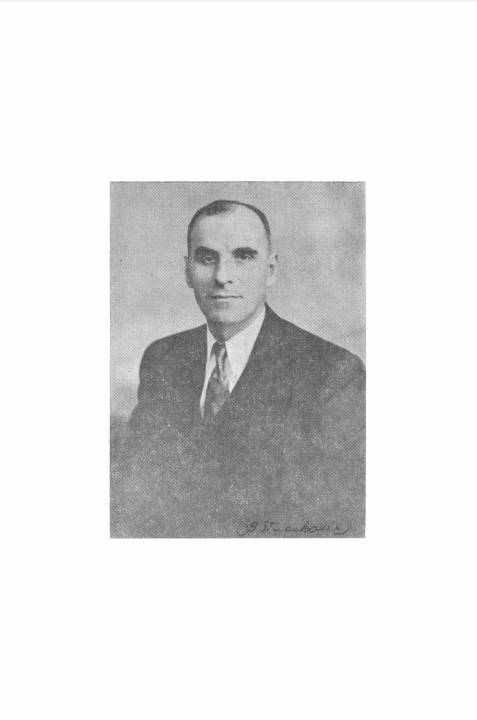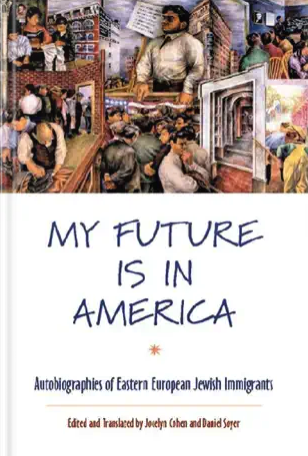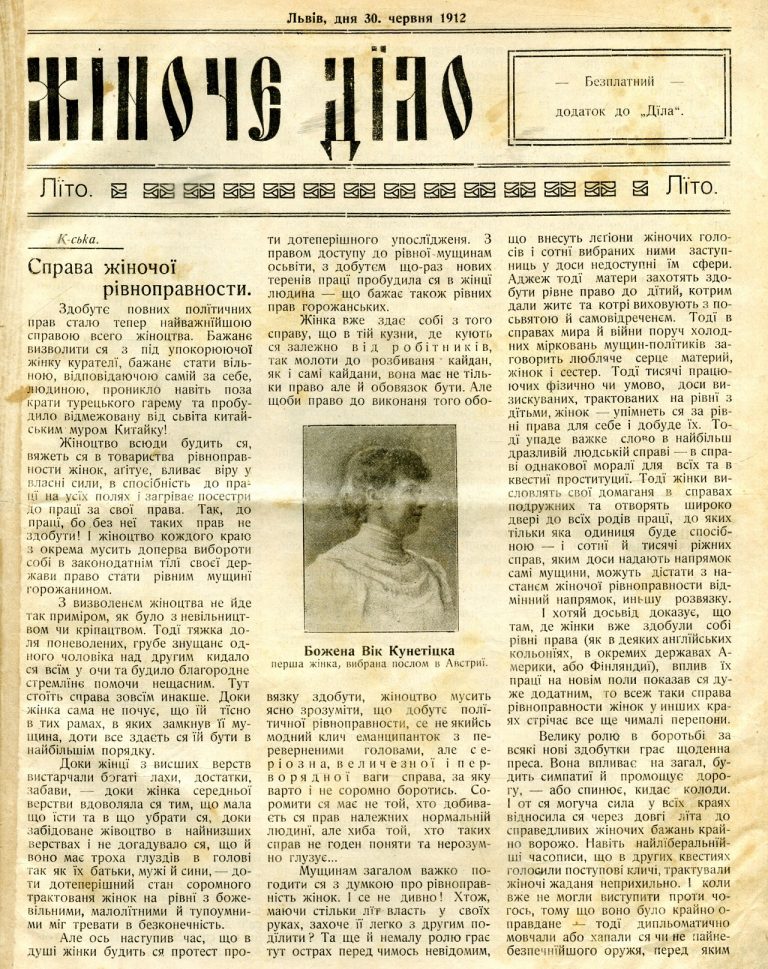Travel
The Roman Empire brought the tradition of traveling to Europe, and much later, in the early modern period, most educated people were expected to visit Rome, which could take several months to several years. Since the Middle Ages, people have made religious pilgrimages, meaning they have traveled to other parts of the country or even abroad to visit sacred places. With the rise of infrastructure and modernization, Europeans started to travel more, and the current history of travel or tourism consists of many important research focuses and academic findings. This theme includes a variety of subjects, ranging from the history of collective or individual methods of transport (car, bicycle, bus, etc.), travel writing in the form of documentary or fiction (for instance, travelogues), or cultural practices, such as tourism and pilgrimages. We are interested in modern urban flaneur culture and provide resources for other city walks or history that unfolds in space and place.
Primary Sources



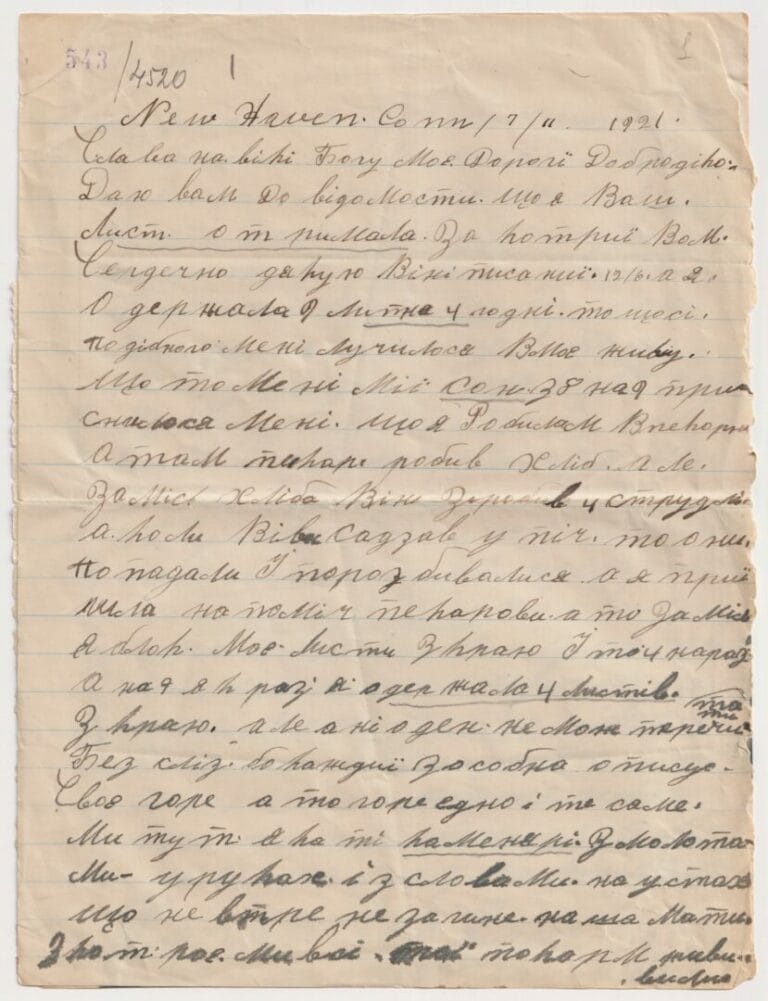
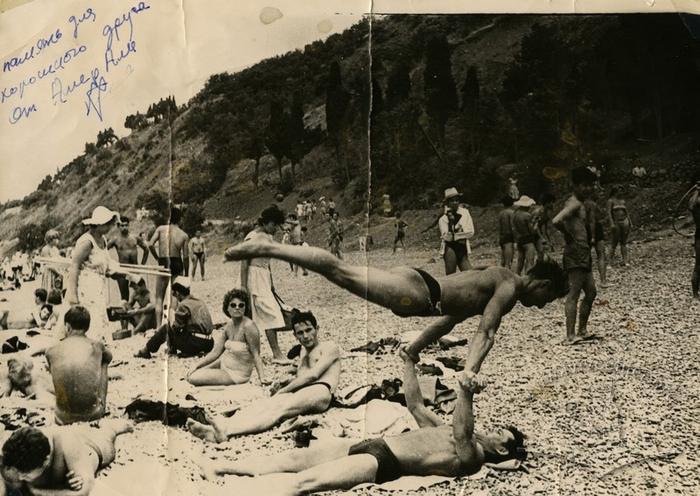


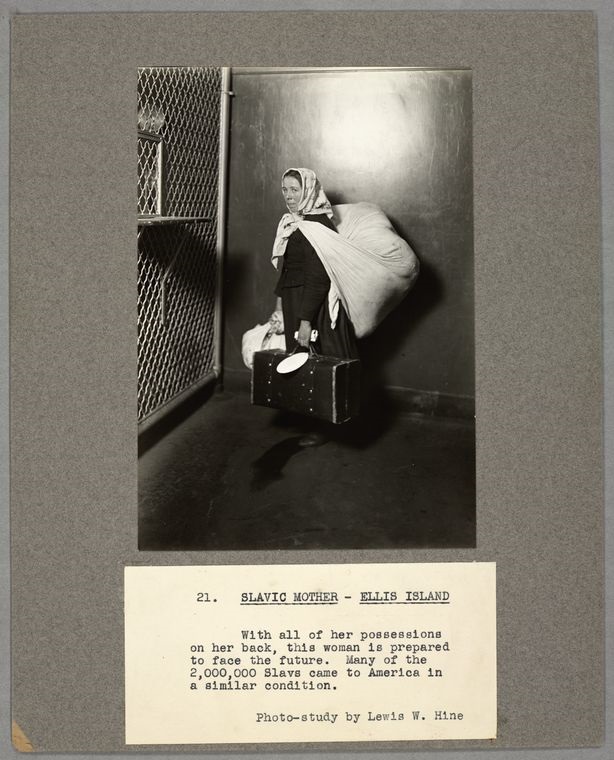
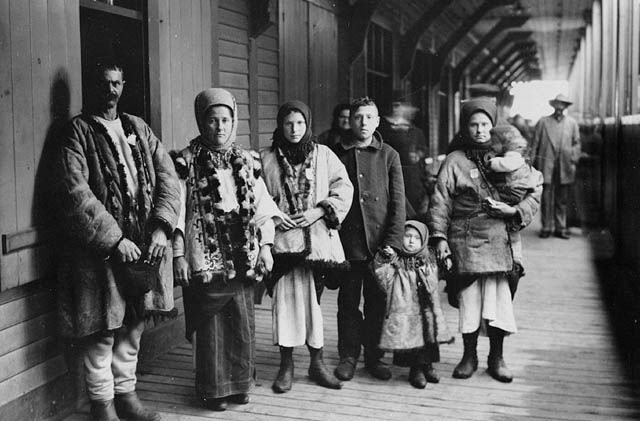
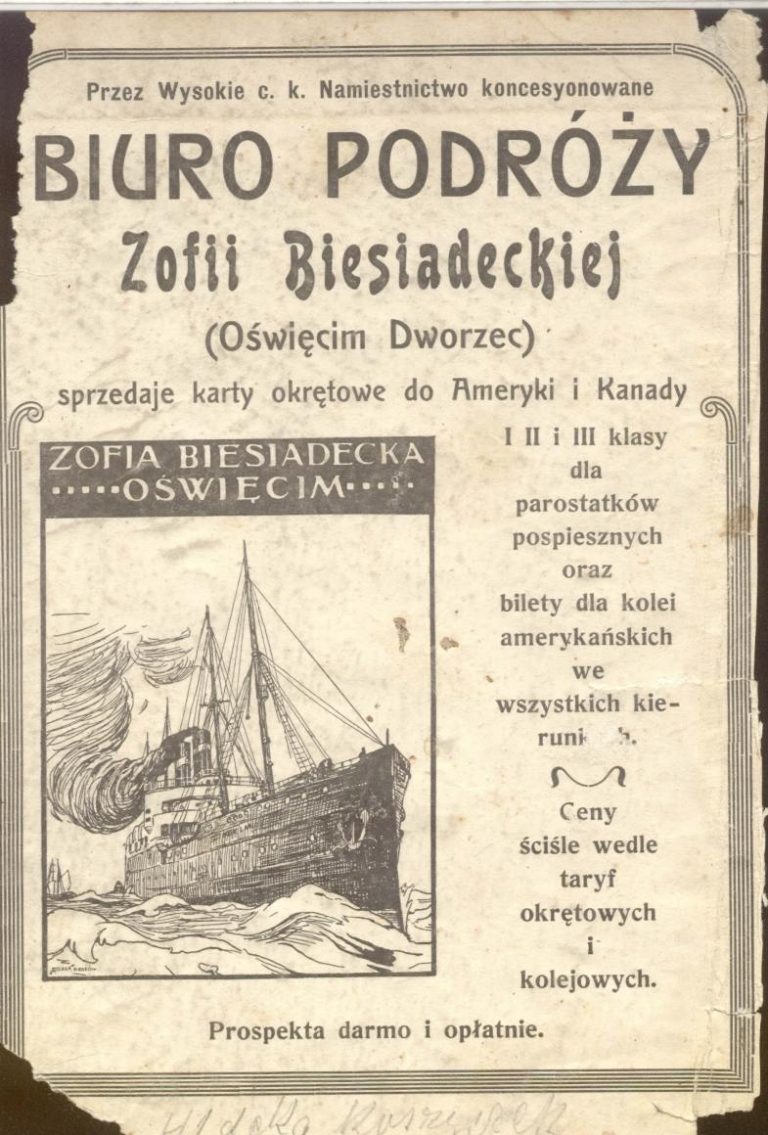



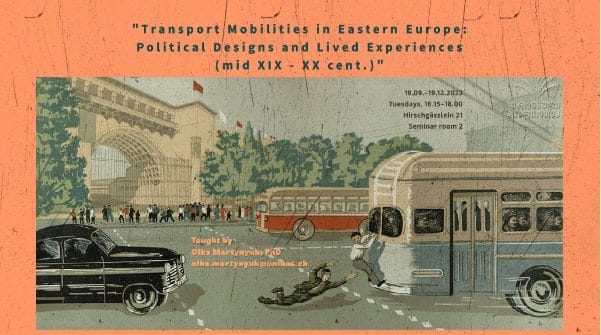 Transport Mobility in Eastern Europe: Political Designs and Lived Experiences (mid XIX – XX Century)
Transport Mobility in Eastern Europe: Political Designs and Lived Experiences (mid XIX – XX Century)


